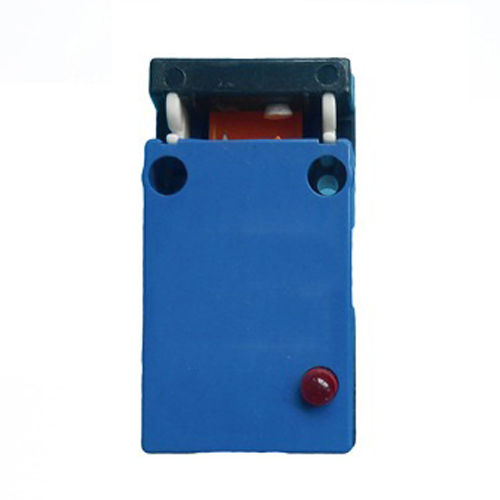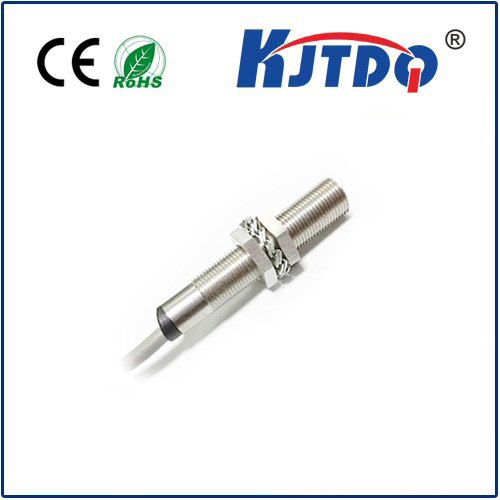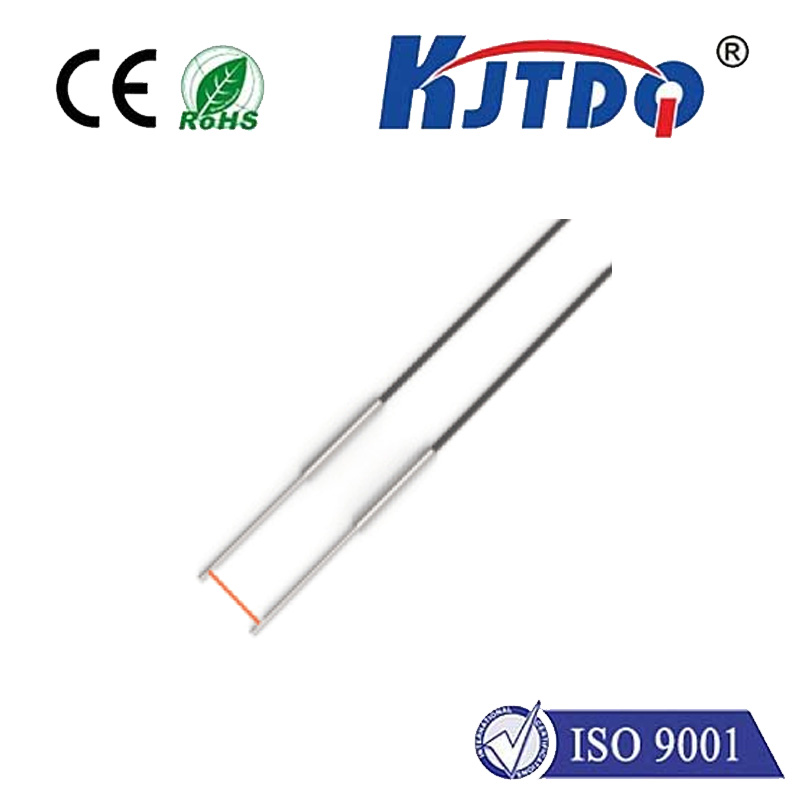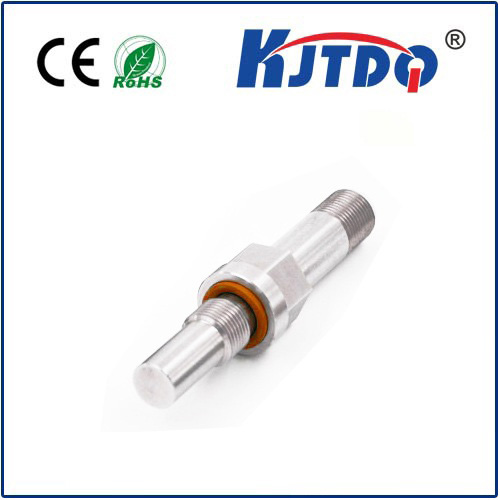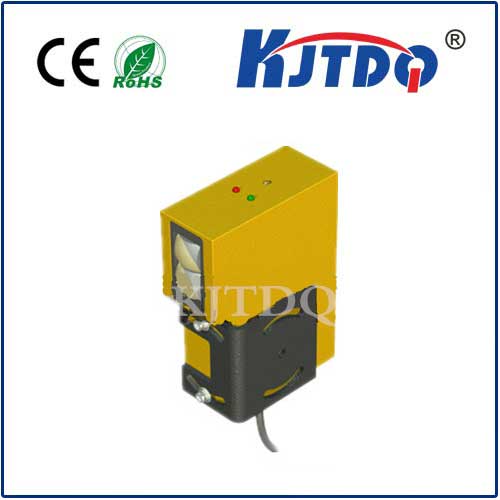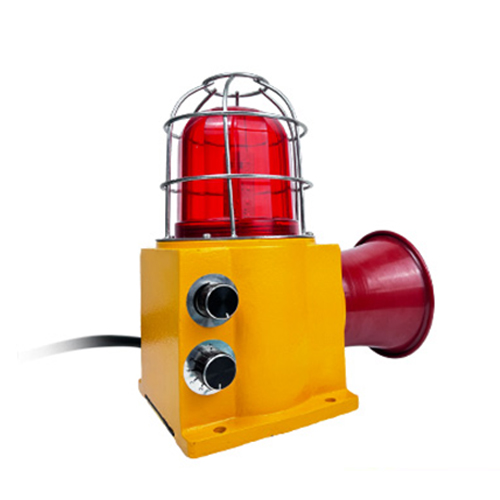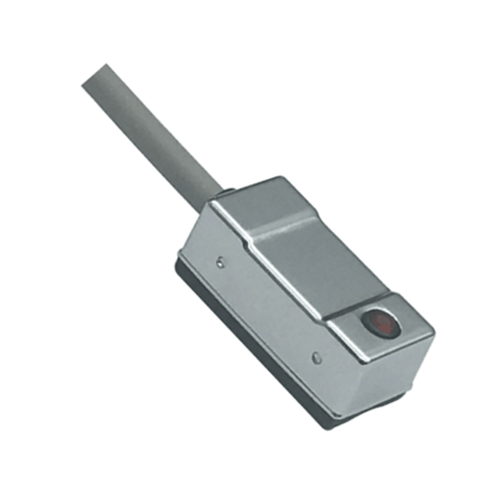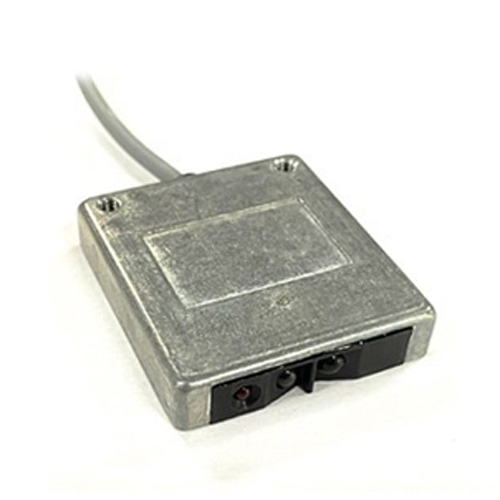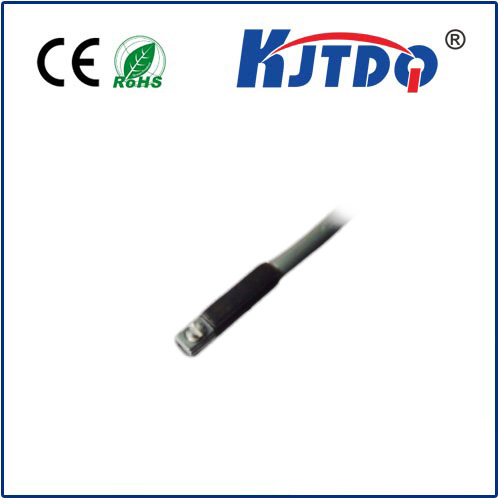датчик скоростного сближения
- time:2025-09-07 02:38:34
- Нажмите:0
Unlocking Unprecedented Speed: The Power of High-Speed Proximity Sensors
Imagine a robotic arm zipping across an assembly line, placing components with micron-level precision. Or envision high-speed packaging equipment sealing products at blinding rates. Now picture a critical component vibrating excessively on a test rig running at thousands of RPM. A tiny delay in detection could mean a missed item, a damaged product, or catastrophic failure. In these high-velocity domains, traditional sensing solutions often fall short. This is where the датчик скоростного сближения becomes an indispensable tool, providing the rapid, non-contact detection essential for demanding modern automation and monitoring.
What is a High-Speed Proximity Sensor?
At its core, a proximity sensor detects the presence or absence of an object within its range without physical contact. A датчик скоростного сближения elevates this capability by offering exceptionally fast response times. This speed is typically measured in microseconds (µs) or milliseconds (ms), meaning they can detect changes or object passages occurring at incredibly high frequencies. Common types adapted for high-speed duty include индукционный датчик (for detecting conductive metals), конденсаторный датчик (for detecting metallic and non-metallic materials), and specialized optical sensors like diffuse reflective or through-beam types.
Why Speed Matters: The Critical Advantages

The difference between a standard proximity sensor and a датчик скоростного сближения isn’t just incremental; it enables entirely new applications and significantly enhances performance:
- Capturing Rapid Movements: On fast-moving production lines (bottling, packaging, printing), components zip past sensors at speeds where microseconds count. A high-speed sensor can accurately detect each item, trigger actions like rejection or counting, and maintain synchronization without missing a beat.
- Ensuring Precision Timing: In processes like filling, cutting, or welding, the exact moment of detection is crucial. High response times guarantee actions are triggered at the precise location or moment required, significantly improving product quality and consistency.
- Monitoring High-Frequency Events: Applications like monitoring vibration frequencies, detecting shaft rotation speed via teeth on a gear, or checking cam timing demand sensors that can keep up with the rapid changes. A датчик скоростного сближения provides the necessary temporal resolution.
- Reducing Process Variability: Slow sensors introduce lag. In closed-loop control systems (like position control on servo motors), this lag can cause instability or inaccuracies. High-speed proximity sensors minimize latency, leading to tighter tolerances, smoother operation, and more responsive machinery.
- Укрепление безопасности: In high-risk environments involving moving machinery, detecting an object or person’s intrusion extremely quickly is paramount for triggering emergency stops or safeguarding sequences before harm occurs.
Key Applications Driving Demand
The unique characteristics of high-speed proximity sensors make them vital across numerous sectors:
- High-Speed Packaging & Filling: Detecting individual containers, lids, or products moving at hundreds or thousands per minute; triggering fillers, cappers, labelers, and reject mechanisms with pinpoint timing.
- Automated Assembly & Robotics: Precise part presence/absence verification on moving pallets; end-of-arm tooling position feedback; detecting minute part details for robotic guidance at high cycle rates.
- Machine Tool Monitoring: Monitoring spindle orientation, tool presence/breakage detection, workpiece positioning, and verifying chuck closure during high-speed machining operations.
- Material Handling & Sorting: Identifying objects on fast-moving conveyors for accurate sorting, diverting, or counting, even with minimal spacing between items.
- Automotive Manufacturing & Testing: Verifying component assembly on moving lines; monitoring engine component timing, gear tooth counting, vibration analysis during dyno testing.
- Printing & Converting: Precisely tracking web edge position for guiding; detecting perforations or marks for accurate cutting and registration at high press speeds.
- Semiconductor Manufacturing: Critical for wafer handling, alignment verification, and process step triggering in environments demanding extreme speed and precision.
Selecting the Right High-Speed Proximity Sensor
Choosing the optimal sensor requires careful consideration beyond just the speed specification:
- Response Time: This is paramount. Look for bothВот.switch-on delay and switch-off delay specifications (e.g., ≤ 50 µs). Understand the total cycle time needed for your application.
- Sensing Principle: Inductive for metals, capacitive for broader material detection including liquids/pellets, optical (photoelectric) for longer ranges or specific detectables like labels. Each has inherent speed limits and environmental considerations.
- Sensing Range: Ensure the sensor’s nominal range fits the physical constraints of your application while still providing reliable detection. High-speed variants are often optimized for shorter ranges.
- Output Type & Signal: NPN vs. PNP transistor outputs; consider the load requirements and compatibility with your PLC or controller. Fast sensors often feature push-pull (Namur) or other high-frequency compatible outputs.
- Environmental Robustness: Consider temperature extremes, potential for dust, dirt, oil, coolants, or electromagnetic interference (EMI). Look for appropriate IP ratings and EMI shielding.
- Size and Mounting: Physical space limitations often dictate sensor size and mounting options (threaded barrel, block-style).
Beyond the Spec Sheet: Integration Matters
Leveraging the full potential of a датчик скоростного сближения involves more than just mounting it:
- Optimized Mounting: Position the sensor accurately relative to the target. Ensure the target material, size, and approach angle are suitable for reliable triggering at speed.
- Quality Wiring & Shielding: Use proper shielded cables and secure connections to minimize electrical noise, which can cause false triggers, especially critical with sensitive, high-bandwidth signals.
- Controller Bandwidth: Ensure your PLC, counter, or logic controller has input circuits capable of handling the high-frequency switching signals without degradation (e.g., fast input cards).
- Target Design: Where possible, design targets (flags, teeth, edges) specifically to optimize detection by the chosen sensor type at high speeds, ensuring clean signal transitions.
Conclusion: The Engine of High-Velocity Automation
In an era defined by ever-increasing automation speeds and the relentless pursuit of efficiency and precision, the датчик скоростного сближения is far more than a component; it’s a critical enabler. Its ability to provide reliable, non-contact detection in microseconds unlocks capabilities beyond the reach of standard sensors. From ensuring flawless packaging lines to guaranteeing the safety of high-speed robots and enabling the precise monitoring of demanding mechanical processes, these sensors are fundamental to pushing the boundaries of what modern machinery can achieve. As industries continue to demand faster cycle times and tighter tolerances, the evolution and application of high-speed proximity sensing technology will remain at the forefront of engineering innovation. The quest for speed, precision, and reliability depends on it.

